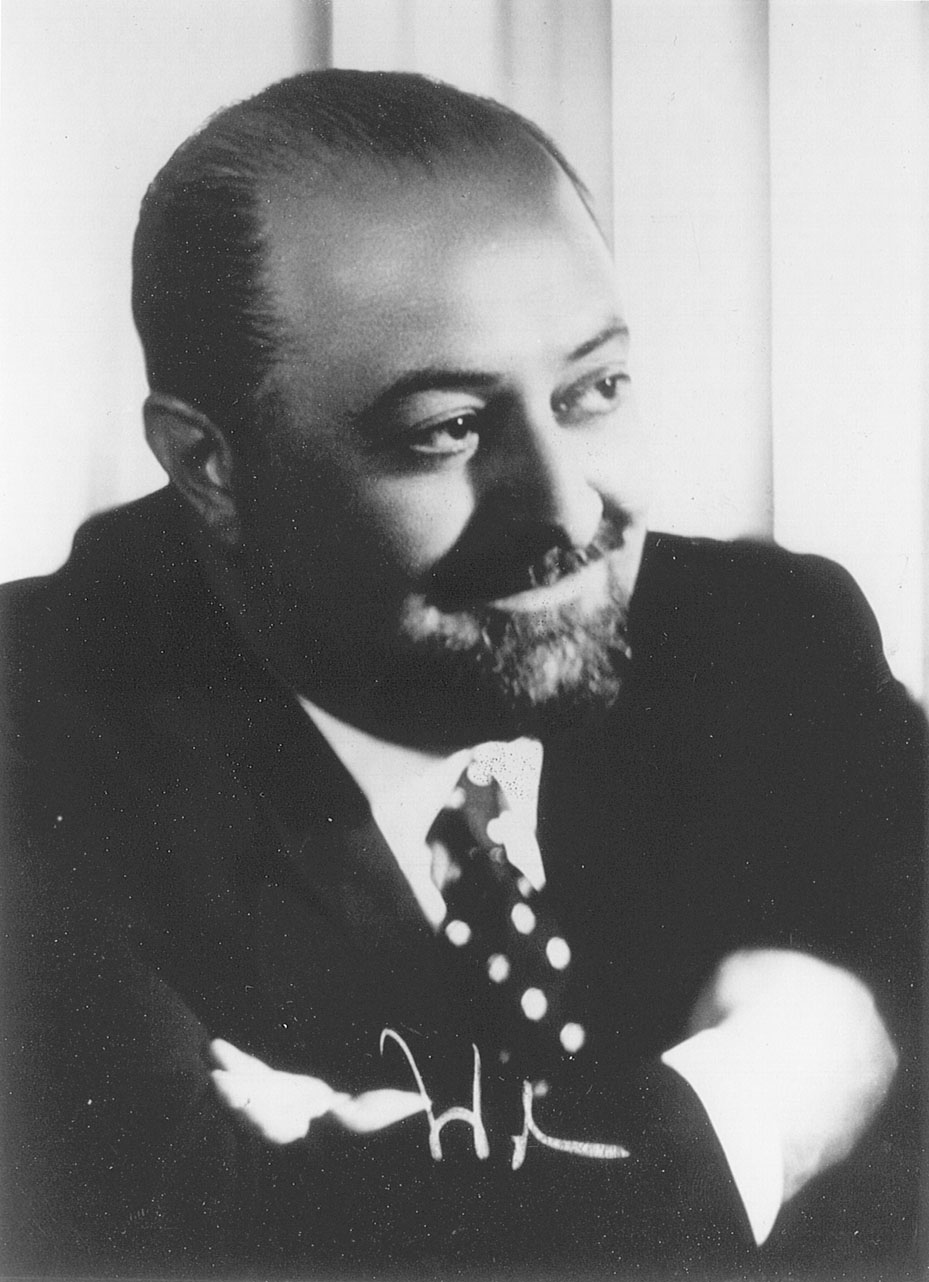- Homero Manzi
Infobox Writer
name = Homero Manzi

imagesize = 150px
caption =
pseudonym =
birthname =
birthdate =November 1 1907
birthplace =
deathdate = Death date and age|1951|5|3|1907|11|1
deathplace =
occupation = Tango lyricist
nationality = Argentine
ethnicity =
citizenship =
period =
genre =
subject =
movement =
notableworks =
spouse =
partner =
children =
relatives =
influences =
influenced =
awards =
website =Homero Nicolás Manzioni Prestera, better known as Homero Manzi (born
November 1 1907 in Añatuya,Santiago del Estero – died onMay 3 1951 inBuenos Aires ) was an Argentine Tango lyricist, author of various famous tangos.He was born November first of 1907 in Añatuya (province of
Santiago del Estero ), Argentina. He was interested in literature and tango since he was young. After a brief incursion in journalism, Manzi worked as a literature andcastilian professor but for political reasons (in addition to his membership in theUnión Cívica Radical ) he was expelled of his professorship and decided to dedicate himself to the arts.In 1935 he participated on the beginnings of FORJA (Fuerza de Orientación Radical de la Joven Argentina – Force of Radical Orientation of the Young Argentina), group whose position has been classified as “peoples nationalism”. It was centered almost exclusively in the problematic Argentina and Latin America and on its discussions suggested “reconquer the political Sunday from our own land” since it was considered that the country was still under a colonial situation. In relation to the European conflict it supported the neutral position sustaining that there was no great interest was in play in Argentina or Latin America, it was more of a rejection position towards fascism just as much as communism.es icon Buchrucker, Cristian, "Nacionalismo y peronismo" pág. 258 y 269, 1987, Buenos Aires. Editorial Sudamericana, ISBN 950-07-0430-7]
In 1934 Manzi founded "Micrófono" ("Microphone") magazine which covered subjects related to radiotelephony, Argentine movies and film making. with He wrote the screenplay for "Nobleza Gaucha" in 1937 in collaboration with Hugo Mac Dougall, and a new version of the silent movie of 1915, "Huella" ("Footprint") (1940), for which they received second prize from Buenos Aires City Hall and also "Confesión" ("Confession") (1940), without achieving commercial success with any of these movies.es icon Salas, Horacio, "Homero Manzi y su tiempo" pág. 198, 2001, Buenos Aires, Javier Vergara editor, ISBN 950-15-2244-X]
In 1940 Manzi started what would be a long collaboration with Ulyses Petit de Murat, writing the screenplay for "Con el dedo en el gatillo" ("Finger on the trigger") (1940) and later "Fortín alto" ("High Fort") (1940).
Tangos by Homero Manzi
External links
*http://eng.tango.info/works/HomerManzi
Wikimedia Foundation. 2010.
